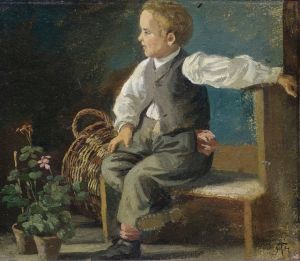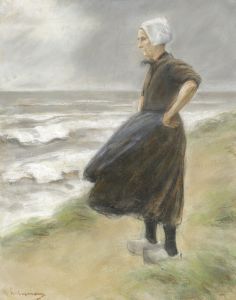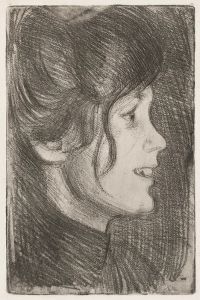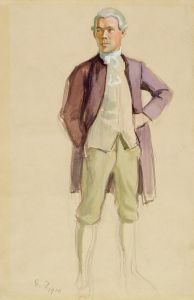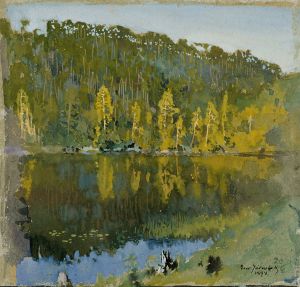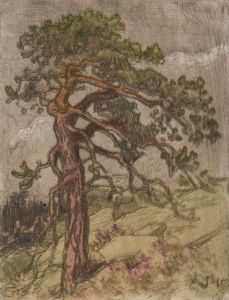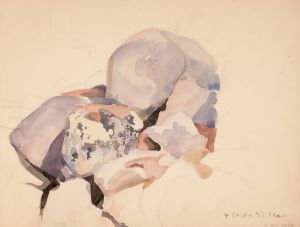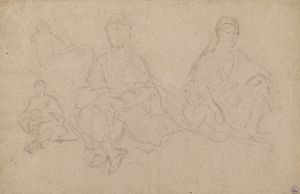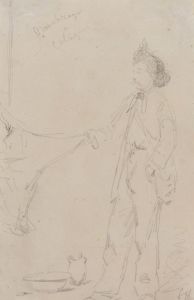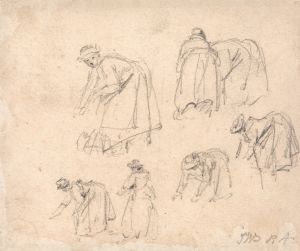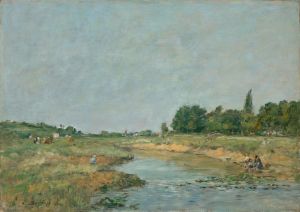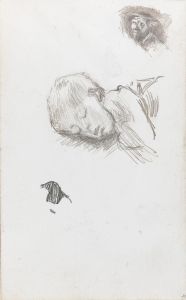
Pyykkäri
A hand-painted replica of Eero Järnefelt’s masterpiece Pyykkäri, meticulously crafted by professional artists to capture the true essence of the original. Each piece is created with museum-quality canvas and rare mineral pigments, carefully painted by experienced artists with delicate brushstrokes and rich, layered colors to perfectly recreate the texture of the original artwork. Unlike machine-printed reproductions, this hand-painted version brings the painting to life, infused with the artist’s emotions and skill in every stroke. Whether for personal collection or home decoration, it instantly elevates the artistic atmosphere of any space.
Eero Järnefelt was a prominent Finnish painter, known for his contributions to the Realist movement in Finland. One of his notable works is "Pyykkäri," which translates to "The Washerwoman" in English. This painting is an exemplary piece that showcases Järnefelt's keen interest in depicting everyday life and the natural environment of Finland.
"Pyykkäri" was created during a period when Järnefelt was deeply influenced by the Realist movement, which sought to portray subjects truthfully without idealization. This movement was part of a broader European trend that emerged in the mid-19th century as a reaction against Romanticism. Realism focused on ordinary people and everyday scenes, often highlighting the working class and rural life. Järnefelt, like many of his contemporaries, was inspired by these themes and sought to capture the essence of Finnish life in his work.
The painting depicts a washerwoman engaged in her daily labor, a common sight in rural Finland during Järnefelt's time. The setting is likely a natural body of water, such as a lake or river, which were commonly used for washing clothes before the advent of modern conveniences. Järnefelt's attention to detail is evident in the way he captures the textures of the woman's clothing, the water, and the surrounding landscape. The composition of the painting draws the viewer's eye to the central figure, emphasizing her role and the physicality of her work.
Järnefelt's use of color and light in "Pyykkäri" is notable for its naturalism. He employs a palette that reflects the earthy tones of the Finnish landscape, with subtle variations that suggest the play of light on water and fabric. This approach not only enhances the realism of the scene but also imbues it with a sense of tranquility and respect for the subject's labor.
The painting is also significant for its cultural context. During the late 19th and early 20th centuries, Finland was undergoing a period of national awakening, with artists and intellectuals seeking to define and celebrate Finnish identity. Järnefelt's work, including "Pyykkäri," contributed to this movement by highlighting the beauty and dignity of Finnish rural life. His paintings often depicted the harsh realities of peasant life, yet they also conveyed a deep appreciation for the resilience and strength of the Finnish people.
Eero Järnefelt was part of a prominent artistic family; his siblings included the composer Armas Järnefelt and the writer Arvid Järnefelt. He studied art in Helsinki and later in Paris, where he was influenced by the works of French Realists and Impressionists. Upon returning to Finland, he became a central figure in the Finnish art scene, contributing to the development of a national art style that was both distinct and reflective of European trends.
"Pyykkäri" remains an important work in Järnefelt's oeuvre, celebrated for its technical skill and its empathetic portrayal of Finnish life. The painting is housed in a Finnish art museum, where it continues to be appreciated by audiences for its historical and cultural significance. Through works like "Pyykkäri," Eero Järnefelt has left a lasting legacy in the world of art, capturing the spirit of Finland and its people with authenticity and grace.





